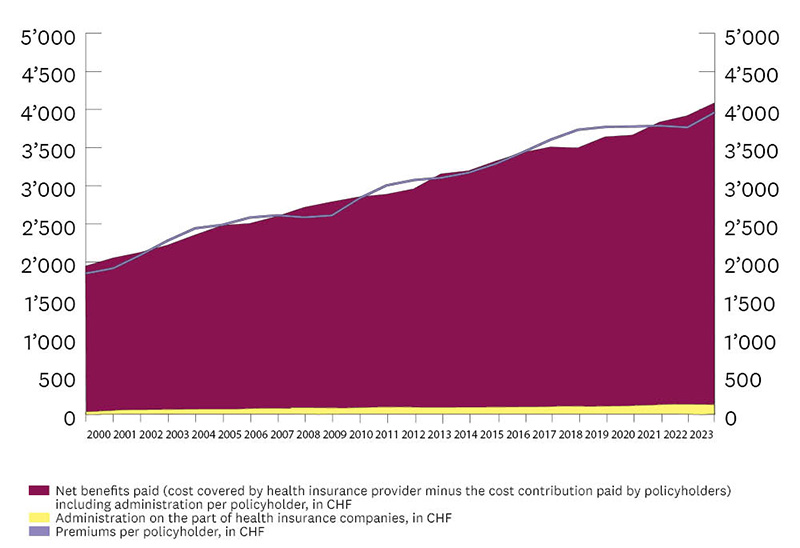We are seeing pleasing progress thanks to new diagnosis and treatment options and could even save costs in the medium to long term – such as when a disease can be successfully treated thanks to early diagnosis. Treatments are also now available for diseases for which there were previously no treatment options or medication available, such as many types of cancer.
Many of these new medications are extremely expensive, however, because they took a long time to develop and they are very promising. New diagnostic and treatment options often push up costs too as they are increasingly used by the service providers or increasingly in demand among patients, according to the principle that says “if the offer’s there, it’ll be taken”. While this response is understandable, it has a direct impact on premiums.
